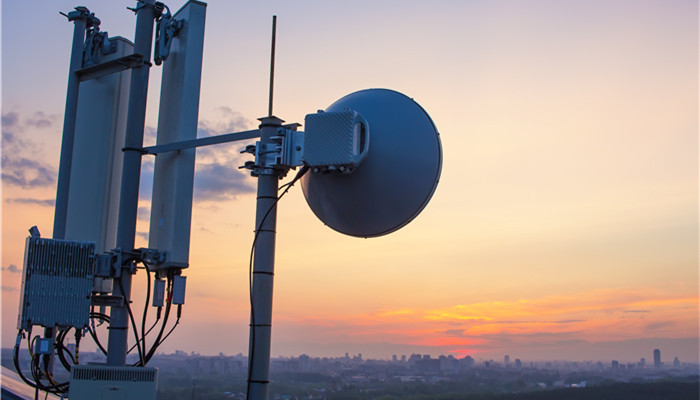
Liquid crystal polymer fiber (LCP fiber) can be used as 5G communication materials, and local companies continue to expand their production capacity
Liquid crystal polymer fiber, also known as LCP fiber, refers to fiber materials made from liquid crystal polymer as the base material through processes such as melt spinning, drawing, and collecting. LCP fiber has the characteristics of high/low temperature resistance, non-flammability, chemical corrosion resistance, fatigue resistance, high modulus, and high strength. It is widely used in integrated circuits, military industry, 5G communication materials, aerospace, acoustic wires and other fields. According to different molding processes, LCP fiber can be divided into two categories: thermotropic LCP fiber and lyotropic LCP fiber.
LCP fiber uses LCP resin as the main raw material. LCP resin, also known as liquid crystal polymer, refers to a polymer whose state is between liquid and solid crystal. LCP resin has excellent processability and heat resistance, and is widely used in automobile manufacturing, high-performance fibers, electronics and electrical and other fields. Benefiting from the improvement of technological level, my country’s LCP resin production capacity has expanded rapidly and output has continued to grow. However, it is still unable to meet market demand and products are highly dependent on imports. Insufficient supply of raw materials has led to an increase in the cost of LCP fiber production in my country.
LCP fiber has excellent performance, and 5G communication materials are in emerging demand. In recent years, the commercialization process of 5G has been accelerating. According to the “Global 5G/6G Industry Development Report (2022-2023)” released by the TD Industry Alliance, the total number of global 5G base station deployments in 2022 will exceed 3.64 million, a year-on-year increase of 72%. LCP fiber can replace aramid fiber and be used to produce 5G antennas. Driven by downstream demand, its market space continues to expand. According to the “2023-2028 China Liquid Crystal Polymer Fiber (LCP Fiber) Industry Market In-depth Research and Development Prospects Forecast Report span>” shows that the global LCP fiber market will reach 620 million yuan in 2022, a year-on-year increase of 14.3%.
The global LCP fiber market is mainly concentrated in Japan. The leading companies include Toray Co., Ltd. (Toray) and Kuraray Co., Ltd. (Kuraray). The above two companies account for nearly 80% of the global LCP fiber market. Kuraray is the first company in the world to realize commercial production of LCP fiber, and it also occupies a dominant position in my country’s market.
Representative LCP fiber companies in my country include Shanghai Plite Composite Materials Co., Ltd. and Ningbo Jujia New Material Technology Co., Ltd. In recent years, as local companies continue to expand their production capacity, the development speed of my country’s LCP fiber industry has accelerated. Plit has a complete LCP industrial chain, and its annual LCP fiber production capacity reaches 150 tons. The company is currently actively promoting the research and development of high-performance LCP fibers. Jujia New Materials focuses on the research, development and production of nanomaterials and polymer materials. According to data released by the company, the company’s annual production capacity of LCP fiber will reach nearly 100 tons in 2021, and its annual production capacity of LCP fiber cloth will reach 80,000 square meters.
Industry analysts said that as the commercialization process of 5G continues to accelerate, the market demand for LCP fiber as a 5G communication material is increasingly strong. At present, due to factors such as high technical barriers and shortage of raw materials, my country’s LCP fiber industry has low production capacity and cannot meet market demand. In the future, as the level of technological innovation of local enterprises improves, the localization process of my country’s LCP fiber is expected to further accelerate.

 微信扫一扫打赏
微信扫一扫打赏

